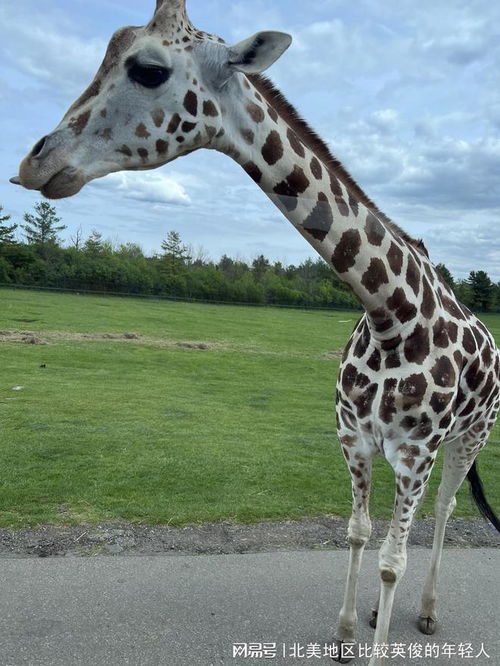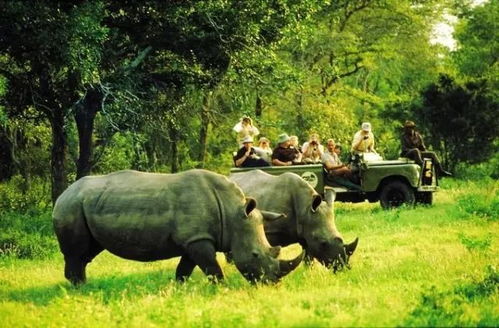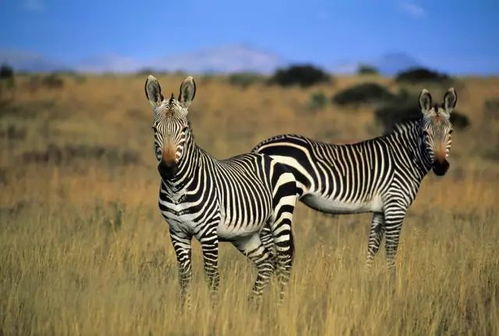
African Lion: Panthera Leo
The African lion, scientifically known as Panthera leo, is one of the most iconic and powerful predators on the planet. With its majestic mane, powerful physique, and social nature, the African lion has captured the imagination of people across the globe. In this detailed exploration, we will delve into the various aspects of the African lion, including its habitat, behavior, diet, and conservation status.
Habitat

The African lion primarily resides in the savannas, grasslands, and woodlands of Africa. These habitats provide the perfect environment for the lion to hunt and thrive. The lion’s range spans from the Sahara Desert in the north to the southern tip of Africa. However, due to habitat loss and human encroachment, their range has significantly diminished over the years.
| Region | Number of Lions |
|---|---|
| South Africa | Approximately 1,500 |
| Namibia | Approximately 2,000 |
| Kenya | Approximately 2,300 |
| Tanzania | Approximately 3,000 |
Behavior

African lions are social animals that live in groups called prides. A pride typically consists of several related females, their cubs, and a few males. The females are primarily responsible for hunting and raising the cubs, while the males protect the pride and engage in territorial disputes with other males.
The lion’s hunting strategy involves teamwork. The females work together to corner their prey, while the males wait nearby. Once the prey is weakened, the entire pride moves in for the kill. Lions are also known for their roar, which can be heard up to five miles away. This roar serves multiple purposes, including communication, marking territory, and scaring off competitors.
Diet

The African lion is an opportunistic predator and its diet primarily consists of large herbivores such as wildebeest, zebra, and antelope. However, they are not picky eaters and will also consume smaller animals, birds, and even insects. Lions are known to be the top predators in their ecosystem, playing a crucial role in maintaining the balance of the food chain.
Conservation Status
The African lion is currently classified as “Vulnerable” on the IUCN Red List of Threatened Species. The primary threats to the lion’s survival include habitat loss, human-wildlife conflict, and poaching. As human populations continue to expand, lion habitats are being destroyed, leading to a decline in their numbers.
Efforts are being made to protect the African lion and its habitat. Conservation organizations, governments, and local communities are working together to establish protected areas, implement anti-poaching measures, and promote sustainable land-use practices. Additionally, lion conservation programs focus on educating local communities about the importance of these majestic predators and the benefits they bring to the ecosystem.
Conclusion
The African lion, Panthera leo, is a remarkable creature that has captivated the world with its strength, beauty, and social nature. Despite the challenges it faces, there is hope for the future of this iconic species. By understanding and protecting their habitat, we can ensure that the African lion continues to roam the African savannas for generations to come.






